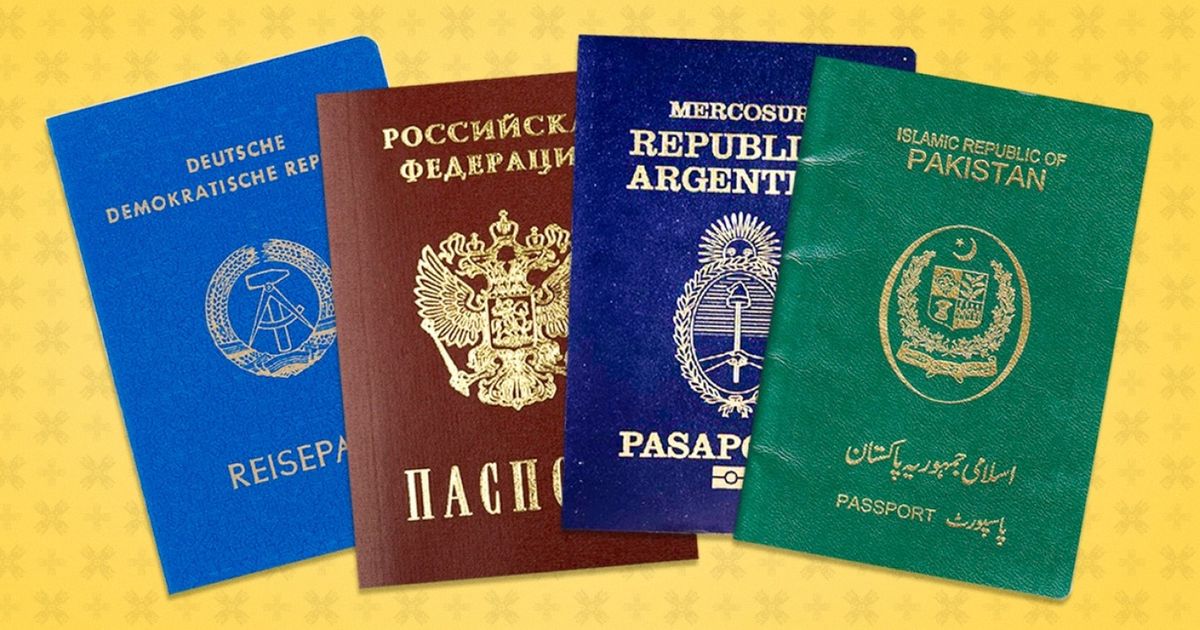Passport Colors Across the Globe

Have you ever noticed how passport colors vary around the world? These small booklets come in shades of red, blue, green, and black, each with its own story. But why do countries choose specific colors? Some nations pick hues based on political or historical reasons. For instance, many European Union countries use burgundy, while Caribbean nations often prefer blue. Green is popular among Islamic countries, symbolizing nature and life. Black, though less common, is chosen for its sleek and official look. Understanding these choices can offer a glimpse into a country's identity and values. Next time you travel, take a moment to appreciate the colorful array of passports at the airport. They’re more than just travel documents; they’re a reflection of global diversity.
Why Do Passports Have Different Colors?
Passports come in a variety of colors, each with its own significance. These colors often reflect a country's identity, history, or political stance. Let's explore some countries and the colors of their passports.
Countries with Red Passports
Red is a popular passport color, often associated with countries that have historical or political ties to communism or socialism. However, it's also used by countries with no such connections.
China
China's passport is red, symbolizing its communist history and the significance of the color in Chinese culture.Switzerland
The Swiss passport is red, reflecting the country's flag and its historical ties to the Red Cross.Turkey
Turkey uses a red passport, which aligns with its national flag and symbolizes the country's rich history.
Countries with Blue Passports
Blue passports are often linked to the "New World" and are commonly used by countries in the Americas and Oceania.
United States
The U.S. passport is blue, representing the "New World" and the country's oceans and skies.Australia
Australia's passport is blue, symbolizing the sea surrounding the continent and its connection to the Commonwealth.Brazil
Brazil's blue passport reflects its membership in the Mercosur trade bloc, which encourages blue passports among its members.
Countries with Green Passports
Green is a color often associated with Islam, but it's also used by countries with lush landscapes or those in the African Union.
Saudi Arabia
Saudi Arabia's passport is green, representing Islam and the country's religious significance.Nigeria
Nigeria uses a green passport, symbolizing its lush landscapes and membership in the Economic Community of West African States (ECOWAS).Pakistan
Pakistan's green passport reflects its Islamic heritage and cultural identity.
Countries with Black Passports
Black passports are less common but are often chosen for their practicality and elegance.
New Zealand
New Zealand's passport is black, reflecting the country's national color and its rugby team, the All Blacks.Botswana
Botswana uses a black passport, symbolizing the country's mineral wealth, particularly diamonds.Zambia
Zambia's black passport reflects its rich cultural heritage and natural resources.
Passport Colors and Their Meanings
Passport colors aren't just random choices. They often reflect a country's identity, culture, or political ties. For instance, many European Union countries use burgundy, symbolizing unity. Caribbean nations often choose blue, representing the ocean and sky. Green passports are common in Islamic countries, as green holds religious significance. Red can signify historical or political influences, like in China or Russia. These colors can also affect travelers' perceptions and experiences at borders. While the color might seem like a small detail, it can carry a lot of meaning. Next time you travel, take a moment to appreciate the story behind your passport's hue. It’s a small but fascinating part of your journey. Understanding these colors adds another layer to your travel experience, connecting you to the broader world in unexpected ways.

